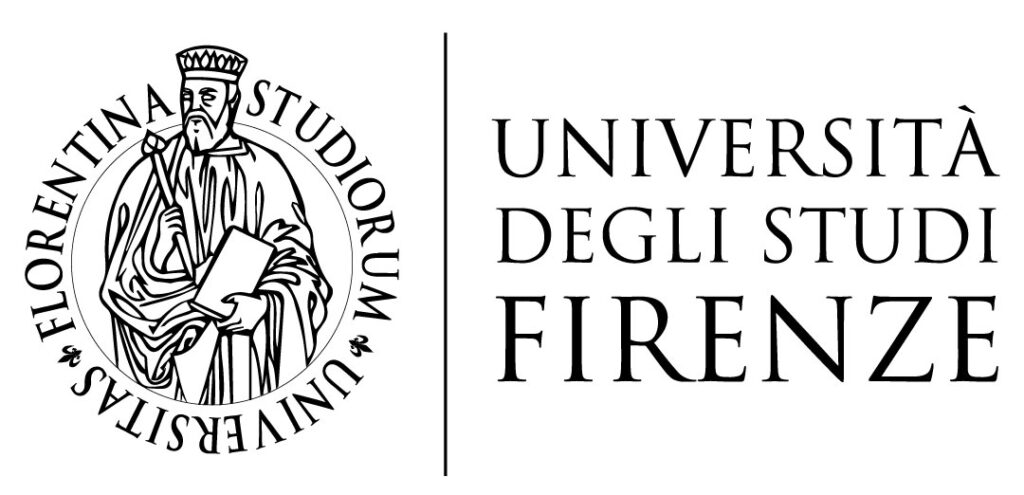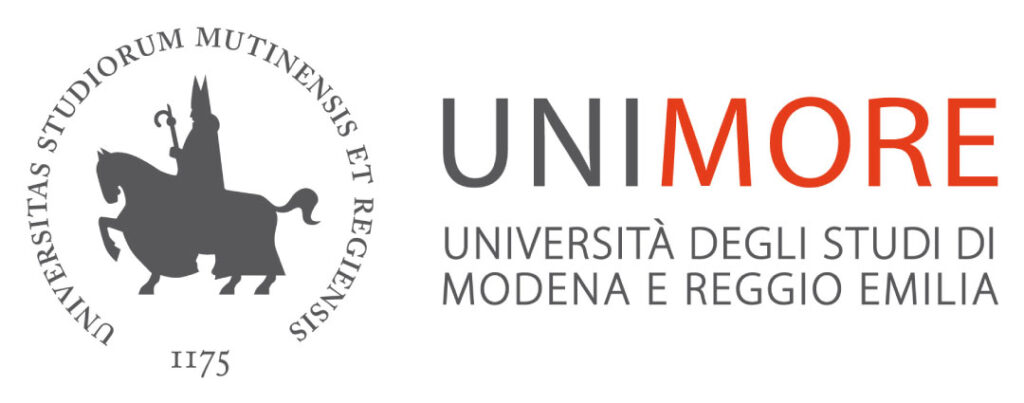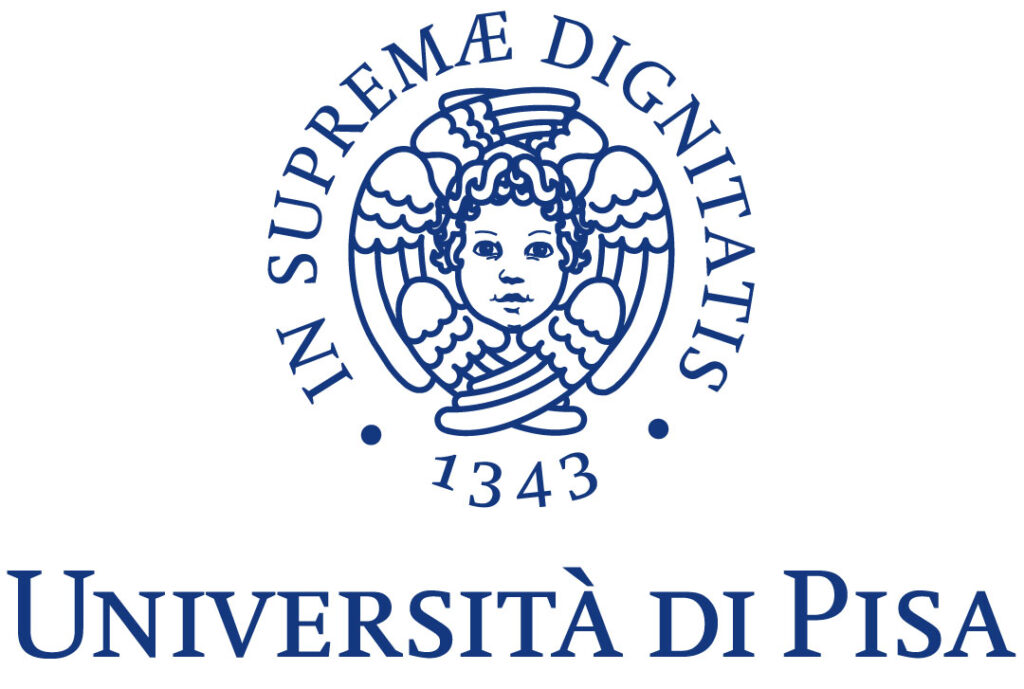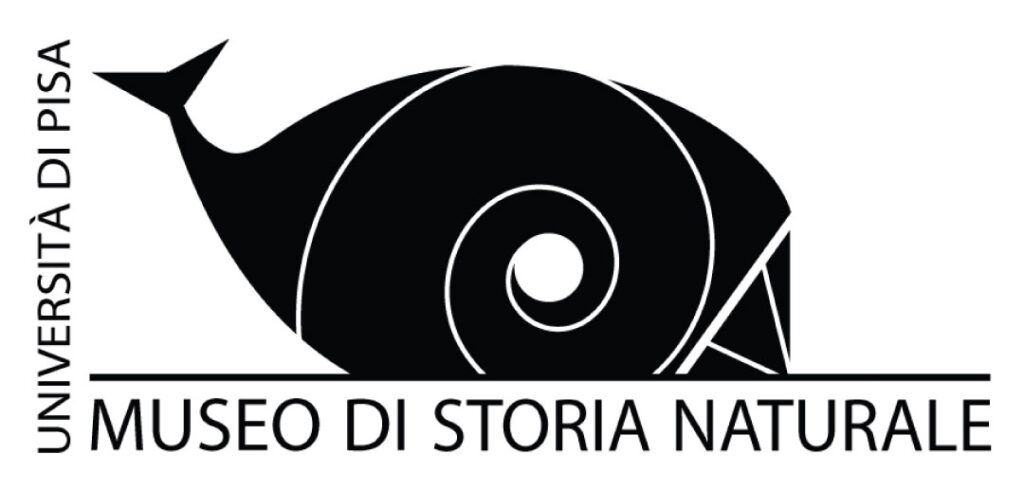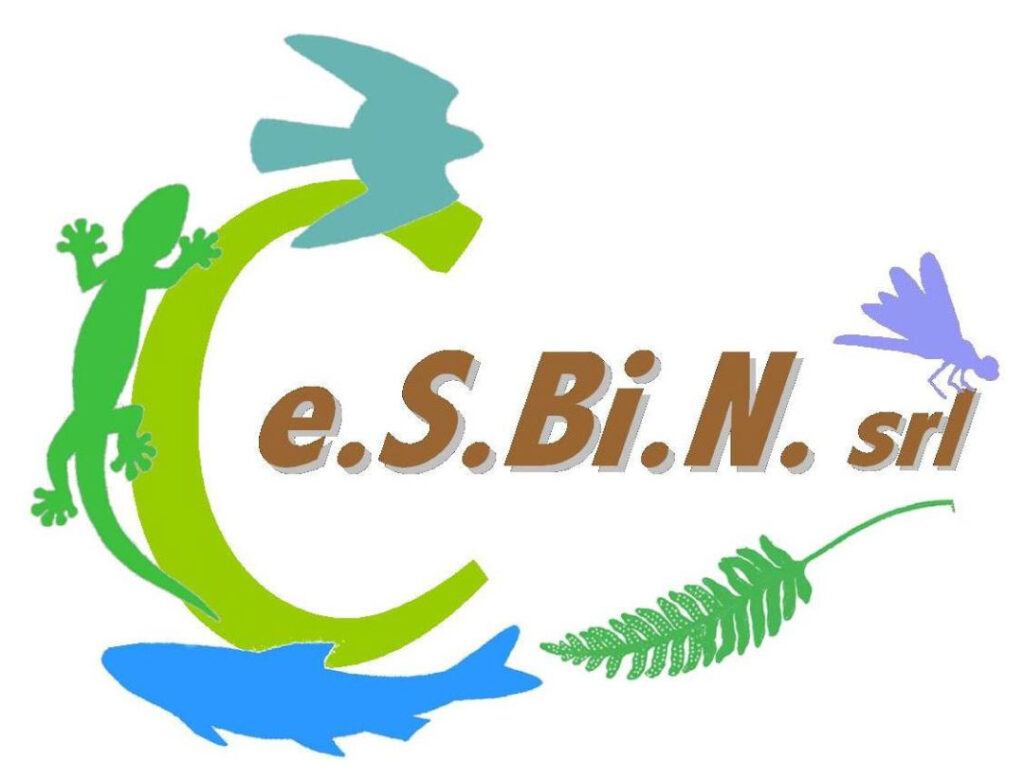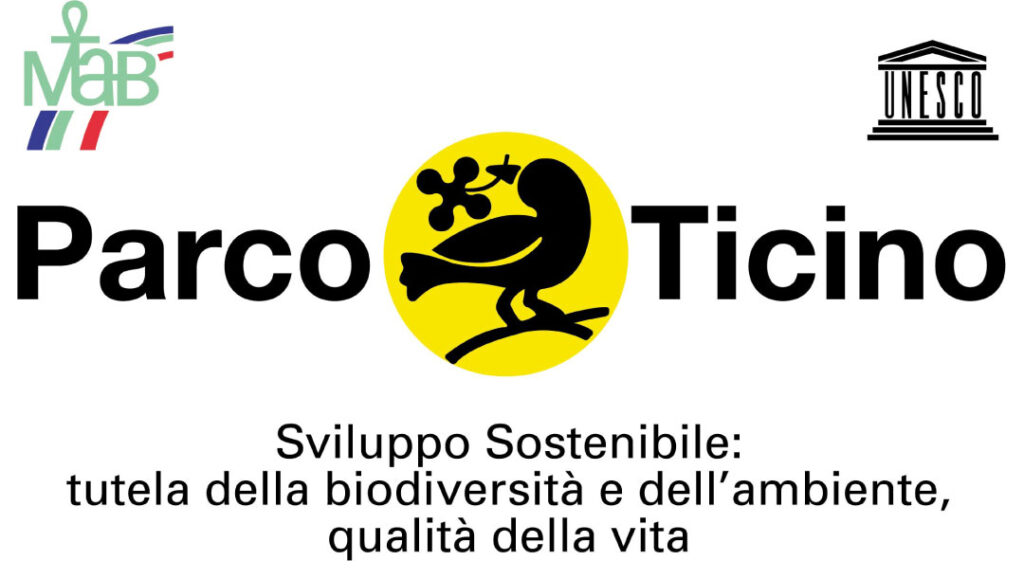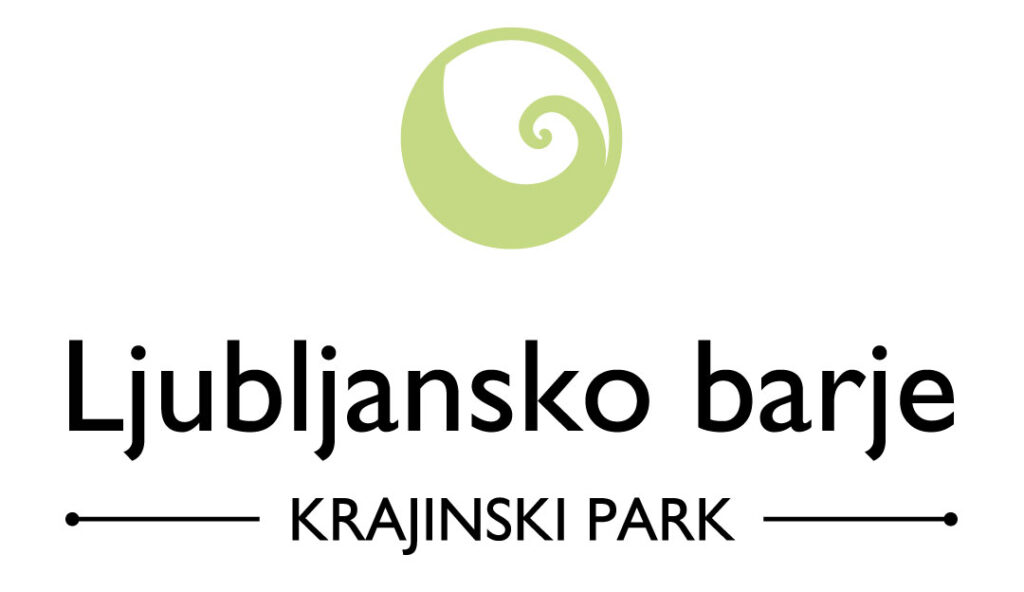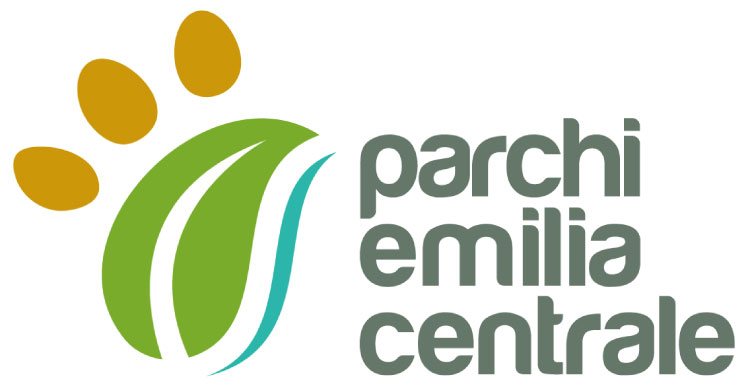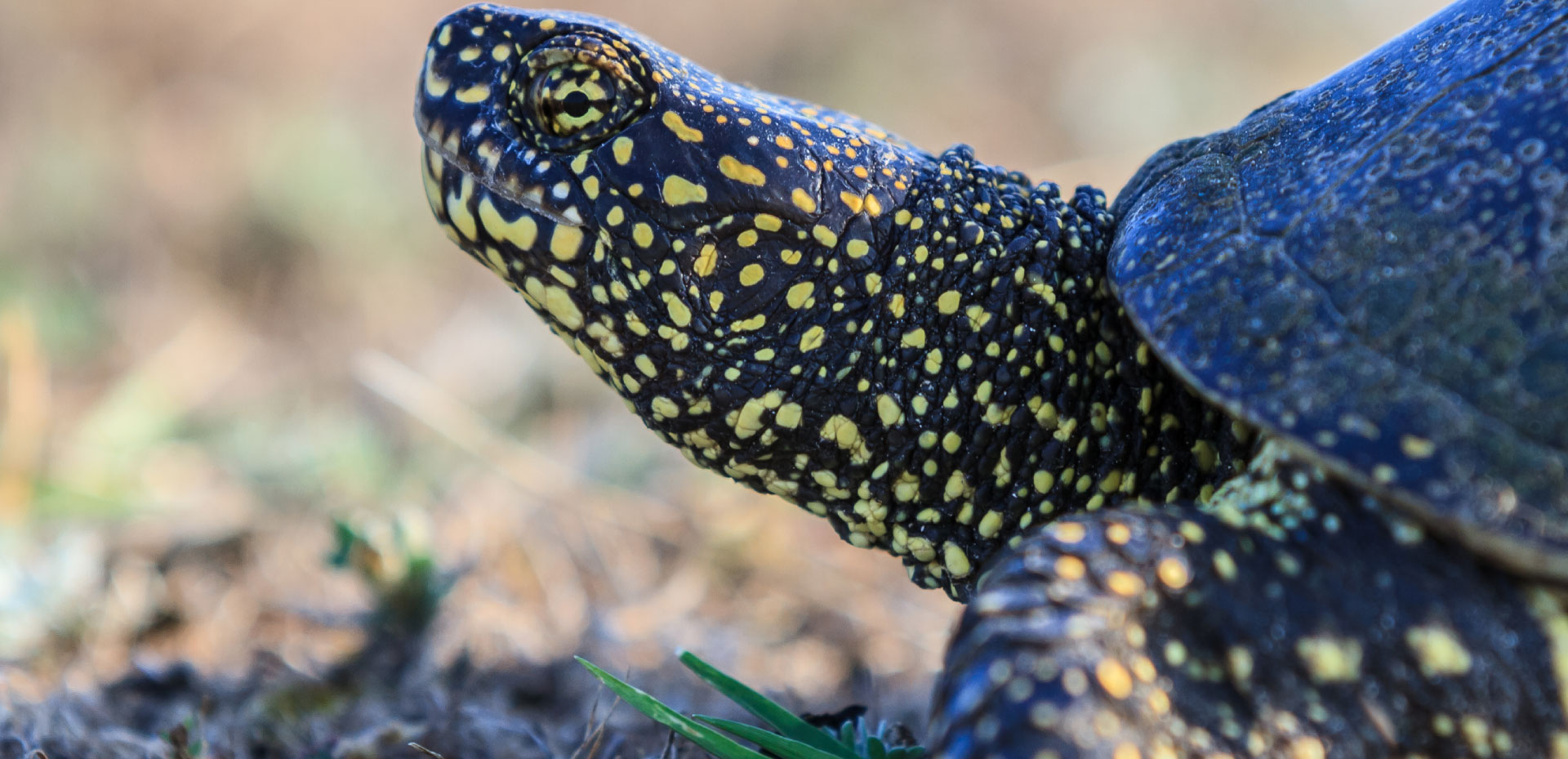
Coordinator beneficiary
WWF lTALlA is an associate organization of the international WWF. ln ltaly WWF was founded in 1966 to defend nature and the living species on our planet. Today, with the help of citizens and the involvement of companies and institutions, it makes an incisive contribution to the conservation of natural ecosystems in ltaly and around the world.
On a national level, WWF ltalia can be counted among the most authoritative organizations from an environmental point of view: the Association has a scientific council and a legal committee whose members include leading scientists and experts, professors of national level, and personalities who feed the debate on the most important environmental issues on a national and European level.
In ltaly, the NGO is a non-profit organization recognised by a government decree (n.493 of 4 April 1974). It is organized with its national headquarters in Rome and has a regional delegate for each region who represents WWF at a regional level. ln addition, Aggregate Organizations (OAs) are set up in the territory that report directly to WWF ltaly (about 80 OAs). ln addition, volunteer members can actively participate in the ‘field’ activities of projects. WWF’s main activities include: Protected Area Management; Species Action Plans and Site Plans; Conservation Projects; Legal Office Activities; Lobby; Environmental education.
It creates appropriate partnerships with other organizations, environmental and political institutions, governments and the public to strengthen WWF’s effectiveness.
WWF ltaly directly manages more than 100 protected areas called WWF Oases, covering about 35,000 hectares. They are visited by more than 500,000 people and provide employment for more than 150 people including employees and young people in cooperatives. 80 Oases belong to the Natura 2000 Network.
WWF ltalia Onlus, the co-ordinating beneficiary, manages 107 Oases in ltaly, 40 of which host Emys spp. WWF ltalia will co-ordinate the management actions of the project and those involving interventions on natural habitats, and will participate in most of the conservation, monitoring and dissemination actions.
Associated beneficiaries
The Department of Biology of the University of Florence employs 71 teaching, technical and administrative staff. Among the main research lines of the Department is the development of molecular genetics techniques applied to wildlife management and conservation. The research group participating in the LlFE URCA PROEMYS project integrates expertise in population ecology and molecular genetics to reconstruct the evolutionary history of populations, determine their structure and population dynamics and define how genetic diversity and environmental conditions influence fitness components in natural and captive populations. The infrastructure of the Biology Department’s laboratories includes all the equipment necessary for the development of molecular biology protocols and the development of genetic analyses for the study of biodiversity. The Biology Department has recently been selected as a Department of Excellence by the Ministry of the Environment and has consequently had access to five-year funding for the purchase and installation of large laboratory equipment and infrastructure. Major infrastructures include next-generation equipment for massive DNA sequencing by synthesis and real-time single-molecule sequencing, together with ancillary laboratory equipment for sample preparation. The Department of Excellence projects are carried out in collaboration with academic institutions, governmental and non-governmental organizations from Europe, South Africa, Asia, and America. The research group participating in the LlFE URCA PROEMYS project has 15 years of experience in molecular analyses applied to population genetics and reintroduction of turtles, including the European pond turtle Emys orbicularis.
The University of Florence will be responsible for the genetic analyses, which are essential to establish the population of origin of the E. orbicularis individuals to be reintroduced and for selecting the best pairs for breeding
The University of Modena and Reggio Emilia (UNlMORE), established in 1176, is ranked among the top universities in Italy for the quality of its teaching and research. It consists of a campus in the cities of Modena and Reggio Emilia. It has approximately 20,000 students, 14 Departments, and 13 PhD programmes. UNlMORE has an excellent international network that includes academic institutions and industrial organizations. It actively participates in the European Union’s S&T programmes in various fields. The university staff consists of about 880 lecturers and researchers. The university project portfolio includes more than 50 ongoing H2020 projects, as well as numerous projects funded by the NlH and ARTEMlS and ENlAC Joint Technology initiatives. The Department of Life Sciences (DSV) was established in 2013 by the integration of the Faculties of Agricultural Sciences, Biosciences, Biotechnology and Pharmacy, with the aim of coordinating a single scientific-didactic structure for activities related to the study of living organisms. The research activities, which are carried out by more than 100 structured employees, focus mainly on human health and various aspects of biodiversity. The research group participating in the LlFE URCA PROEMYS project is interested in zoological research in the areas of taxonomy, genetics, ecology and environmental monitoring also in relation to climate change. Research activities are conducted in collaboration with academic institutions, governmental and non-governmental organizations in Europe, America, Asia and South Africa. Numerous long-term field studies conducted by the research team participating in the LlFE URCA PROEMYS project in collaboration with local authorities have contributed to the creation of a regional wildlife database and, more generally, to the conservation of protected species and the management of invasive species.
The LM-60 degree in ‘Didactics and Communication of Science’ is active at UNlMORE. Its aim is to train secondary school teachers and professional figures with a well-defined knowledge of the structure and functioning of natural systems and effective skills in the communication and dissemination of science. The LM-60 of UNlMORE, where two LlFE URCA PROEMYS project proponents teach, would be the ideal forum for the dissemination of the results of this project, addressing an audience that is naturally inclined to raise awareness of issues related to biodiversity and proper wildlife management among the general public.
The University of Modena and Reggio Emilia will be responsible for monitoring the impact of eradication actions on T. scripta.
The objective of Costa Edutainment’s activities is to respond to the growing demand for a qualitative use of leisure time, combining culture, science, education, entertainment, emotion and fun, in unique and meaningful experiences. Among the 12 facilities managed by Costa Edutainment, there is the Acquario di Genova (www.acquariodigenova.it), which represents an excellent scientific and educational centre and one of the main cultural locations visited in Italy. The mission of the Genoa Aquarium is to raise awareness among the general public about the conservation, management and sustainable use of aquatic environments through responsible behaviour. Since 1992, the year of its opening, numerous events have involved not only visitors, but also school groups, observers, and ordinary citizens; every effort has always been aimed at building a more responsible relationship with the natural environment and at stimulating active conservation initiatives, particularly of aquatic fauna. Fundamental in this sense is the extensive scientific research activity that the facility has always conducted both in nature, through projects to safeguard various species, and in a controlled environment. Both of these activities form the basis of the dissemination activities that the Aquarium addresses to its public, also in collaboration with national and international bodies, institutions and associations. The Aquarium plays an important role in disseminating scientific knowledge to the public at all levels, through messages and activities, which directly involve about 1,000,000 visitors a year (including about 120,000 students) and indirectly, through communication channels. Costa Edutainment has been involved in the protection and conservation of Emys orbicularis for about 20 years, thanks to the creation of the Emys Centre in Albenga and reproduction and repopulation activities.
Costa Edutainment, the managing body of the Genoa Aquarium, will coordinate communication and dissemination actions, the activities of the breeding centres, and will participate in the drafting of the Integrated Management Plan. It will also draft veterinary protocols for the repopulation of Emys individuals.
The University of Pisa, founded in 1343, is one of the oldest and most prestigious universities in Europe. Within its 20 departments, UNlPl offers 60 bachelor’s degree courses, 69 master’s degree courses, 9 single-cycle long degree courses, 22 doctorate courses, 50 postgraduate specialization courses, 64 one-year specialization courses. The staff includes 1,550 professors and researchers, 1,621 administrative employees and more than 54,000 students. In the QS World University Rankings 2022 UNlPl is ranked 7th in Italy and 388th worldwide and is confirmed among the top ten Italian universities according to the Times Higher Education (THE) 2021 ranking. According to the latest (2021) Academic Ranking of World Universities (ARWU), published by Shanghai JaoTong University, UNlPl ranks among the 151-200 academic institutions worldwide. ln LlFE URCA proEmys UNlPl is represented by the Museum of Natural History.
The Natural History Museum has a research staff of five curators and a total number of master’s and doctoral students of about 10 per year. Various research groups carry out projects in many different topics, such as vertebrate and invertebrate zoology, behavioural ecology and systematics, invertebrate and vertebrate palaeontology and computational models of living organisms. In particular, the Museum has carried out several projects on the biology and ecology of amphibians and reptiles and houses the largest freshwater aquarium in Italy. The Museum has official agreements to conduct field and laboratory research with academic institutions, governmental and non-governmental organizations from Europe, East and Central Africa, Central and South America. Both vertebrates and invertebrates are studied to infer life history traits and generate data for management and conservation. ln particular, we have 30 years of experience in recording and analyzing ecological and biological data applied to the biology, ecology and population dynamics of amphibians and reptiles. From an administrative point of view, the Museum is supported by an experienced research services office that deals with pre-awards, applications, post-awards and project management.
The University of Pisa will co-ordinate the assessment of the population status of E. orbicularis and T. scripta in the pre-awards and participate in all training activities.
Centro Studi Bio Naturalistici srl (Ce.S.Bi.N.) is a reality with strong links to the scientific community founded in 2012 by the union of researchers and independent professionals with expertise in ecology and land planning, GlS and management, monitoring and conservation of fauna and flora.
Ce.S.Bi.N. has been recognised by the University of Genoa as a spin-off since 2013 and is registered in the Italian National Research Register (cod. 61868RYR).
The team consists of 11 members, including a full professor of the University of Genoa and 10 professional partners.
Since 2012, it has been involved in several conservation and monitoring projects on Emys orbicularis and Emys trinacris in different Italian regions: Liguria, Veneto, Emilia Romagna, Calabria, Basilicata and Sicily, including participation as external assistance to the “Life Emys” project (LlFE12 NAT/lT/000395), for Trachemys scripta eradication activities and Emys orbicularis captive breeding and monitoring activities. Ce.S.Bi.N. staff have been involved in the monitoring of the Ligurian population of Emys orbicularis and in the management of the breeding centre ‘Centro Emys’ in Albenga (SV) for about 20 years. Similarly, the staff was involved from 2011 to 2018 in the monitoring of Emys trinacris and in the design and management of the Emys Repopulation Centre at the WWF Reserve “Gorghi Tondi e Lago Preola” (Mazara del Vallo, Tp). Two members are co-authors of the guidelines for the Italian national monitoring of Emys orbicularis/trinacris for reporting ex. Art. 17 of the Habitats Directive (92/43/EEC). Ce.S.Bi.N. is currently in external assistance within the Life STREAMS projects LlFE18 NAT/lT/000931 and LlFE18 NAT/lT/000806 CLAW.
Cesbin, a spin-off of the University of Genoa, will supervise the identification of sites for the repopulation of E. orbicularis, the eradication of alien species and the restoration of habitats, and will coordinate training for the capture and management of E. orbicularis. Cesbin will also coordinate the selection of centres for the fostering of captured T. scripta and will establish a network among these centres. It will also support the WWF in socio-economic activities by developing a plan to evaluate the ecosystem services provided by wetlands.
The Parco Lombardo della Valle del Ticino, the first regional park in Italy, was established in 1974 to defend the river and the numerous natural environments of the Ticino Valley from the attacks of the increasingly invasive processes of industrialisation and urbanisation. The public body that manages the park, which includes three provinces and 47 municipalities, governs an area of over 92,000 hectares, applying a differentiated protection system to natural, agricultural and urban areas. The aim is to reconcile environmental protection requirements with the social and economic needs of the numerous communities in the area, one of the most densely populated in Italy. In the Ticino Park, 1 SAC, 14 SAC and 1 SPA have been established to protect the most natural areas, for a total of approximately 23,000 hectares. Since the Lombardy Region identified the Ticino Park as the manager of these sites in 2003, the authority has worked to guarantee an adequate level of protection and to acquire an ever-increasing awareness of its heritage. Thanks to specific Management Plans, the Park has been able to activate numerous projects to intervene on the main critical issues. In recent years, the Park has given particular impetus to the protection and support of endangered species both through direct support for the species and through the containment of invasive alien species. Many projects have been implemented to preserve the habitats of the most threatened species, especially aquatic and traditional agricultural habitats. Water quality is constantly monitored and the Ticino Park plays a key role in improving the quality of water in the catchment area, constantly urging local administrations to improve the efficiency of purification plants.
The Parco Lombardo della Valle del Ticino will be responsible for the eradication of the alien species Trachemys Scripta, environmental improvements and restoration of the natural habitats of Emys, nest protection and population monitoring of E. orbicularis.
The Parco Lombardo della Valle del Ticino, the first regional park in Italy, was established in 1974 to defend the river and the numerous natural environments of the Ticino Valley from the attacks of the increasingly invasive processes of industrialisation and urbanisation. The public body that manages the park, which includes three provinces and 47 municipalities, governs an area of over 92,000 hectares, applying a differentiated protection system to natural, agricultural and urban areas. The aim is to reconcile environmental protection requirements with the social and economic needs of the numerous communities in the area, one of the most densely populated in Italy. In the Ticino Park, 1 SAC, 14 SAC and 1 SPA have been established to protect the most natural areas, for a total of approximately 23,000 hectares. Since the Lombardy Region identified the Ticino Park as the manager of these sites in 2003, the authority has worked to guarantee an adequate level of protection and to acquire an ever-increasing awareness of its heritage. Thanks to specific Management Plans, the Park has been able to activate numerous projects to intervene on the main critical issues. In recent years, the Park has given particular impetus to the protection and support of endangered species both through direct support for the species and through the containment of invasive alien species. Many projects have been implemented to preserve the habitats of the most threatened species, especially aquatic and traditional agricultural habitats. Water quality is constantly monitored and the Ticino Park plays a key role in improving the quality of water in the catchment area, constantly urging local administrations to improve the efficiency of purification plants.
The Parco Lombardo della Valle del Ticino will be responsible for the eradication of the alien species Trachemys Scripta, environmental improvements and restoration of the natural habitats of Emys, nest protection and population monitoring of E. orbicularis.
The public institution Ljubljansko barje Nature Park (JZ KPLB) was established in July 2009 by the Government of the Republic of Slovenia as a public institution to manage the Ljubljansko barje Nature Park (KPLB). The management of the KPLB and the Ljubljansko barje Natura 2000 site includes nature conservation and monitoring, communication and cooperation with stakeholders and public awareness, and promotion of sustainable resource management.
JZ KPLB leases or manages 170 hectares of land on which it implements direct nature protection measures such as habitat conservation, restoration and the fight against invasive alien species.
The JZ KPLB is prepared both administratively and logistically to prepare and implement the most demanding international projects in the field of environmental protection, nature conservation and human resources development.
To date, JZ KPLB has executed several national and international projects:
The LJUBA project (EEA Grants) addressed the main causes of biodiversity loss in the Ljubljana marsh and included workshops and talks for stakeholders, field work, events for local people etc. (2015- 2016).
The aim of the project ‘Conservation and promotion of aquatic biotopes – ponds and marsh springs for the future (LOKNA) was the conservation and revitalisation of small aquatic biotopes. This included educational workshops and field trips for schools, exhibitions, educational trails (2015-2016).
Since 2017, we have been implementing the LlFE NATURAVlVA project (LlFE16 GlE/Sl/000711 – B1) with the overall aim of highlighting the danger of biodiversity loss by informing and raising awareness among various target groups about it.
The PoLJUBA project started in 2018 and is dedicated to the restoration and conservation of wetland habitats in the Ljubljana marsh. The project focuses on 3 HT and 8 TS, including E. orbicularis. The main activities are the purchase of land, field work (creation of wet meadow habitats, creation of aquatic habitats and reintroduction of endangered species) and the creation of an interpretation trail. The project is co-financed by the European Regional Development Fund (ERDF).
The Sava TlES project (ERDF, lPA) within the transnational programme lnterreg Danube started in 2018. The main objective of the project is to reduce habitat fragmentation and improve the connectivity of the transnational ecological corridor of the Sava river basin. The main activities are to test and evaluate measures for the eradication of three invasive alien plant species in pilot actions. ln addition, awareness-raising events and communication actions will be organised to raise awareness of the lAS problem.
As of 2019, we are implementing the LlFE AMPHlCON project (LlFE18 NAT/Sl/000711), which focuses on the conservation of amphibians and the improvement of their habitats, awareness raising, education, etc.
The public institution Ljubljansko barje Nature Park (JZ KPLB), will be in charge of the eradication of the alien species Trachemys Scripta, environmental improvements, restoration of natural habitats of Emys, protection of nests and monitoring of the population of E. orbicularis. ln addition, the public institution Ljubljansko barje Nature Park (JZ KPLB) coordinates the activities of the implementation of the integrated Strategic Management Plan, for the Slovenian part.
The Management Body for Parks and Biodiversity Central Emilia is a public body established by the Emilia-Romagna Region with Regional Law n. 24/2011 that manages the protected areas of the provinces of Modena and Reggio Emilia including: the Regional Park of the Upper Apennines of Modena and the Regional Park of the Sassi di Roccamalatina; the Regional Reserves Cassa di espansione del fiume Secchia, Salse di Nirano, Rupe di Campotrera, Sassoguidano, Fontanili di Corte Valle Re, and the Protected Natural and Semi-natural Landscape Collina Reggiana-Terre di Matilde, as well as 13 Natura 2000 network sites included in these areas.
Article 3, paragraph 2 of Regional Law no. 24/2011 defines the institutional tasks of the Authority, including the management of parks, including Natura 2000 sites located within their perimeter, the management of Nature Reserves and the exercise of administrative functions concerning ‘minor fauna’ pursuant to Regional Law no. 15 of 31 July 2006 (Provisions for the protection of minor fauna in Emilia-Romagna).
The Provinces of Modena and Reggio Emilia participate in the governing body and also the Municipalities of: Fanano, Fiumalbo, Frassinoro, Montecreto, Pievepelago, Riolunato, Sestola, Guiglia, Marano sul Panaro, Zocca, Campogalliano, Modena, Rubiera, Carpi, Casalgrande, Castellarano, Cavezzo, Concordia, Formigine, Novi di Modena, San Possidonio, San Prospero, Sassuolo and Soliera; the Unione dei Comuni del Frignano, Unione dei Comuni del Distretto Ceramico and Unione dei Comuni Terre di Castelli.
The Emilia Central Emilia Parks and Biodiversity Management Authority will deal with the eradication of the alien species Trachemys Scripta, environmental improvements and restoration of natural habitats of Emys, nest protection and monitoring of the E. orbicularis population.

